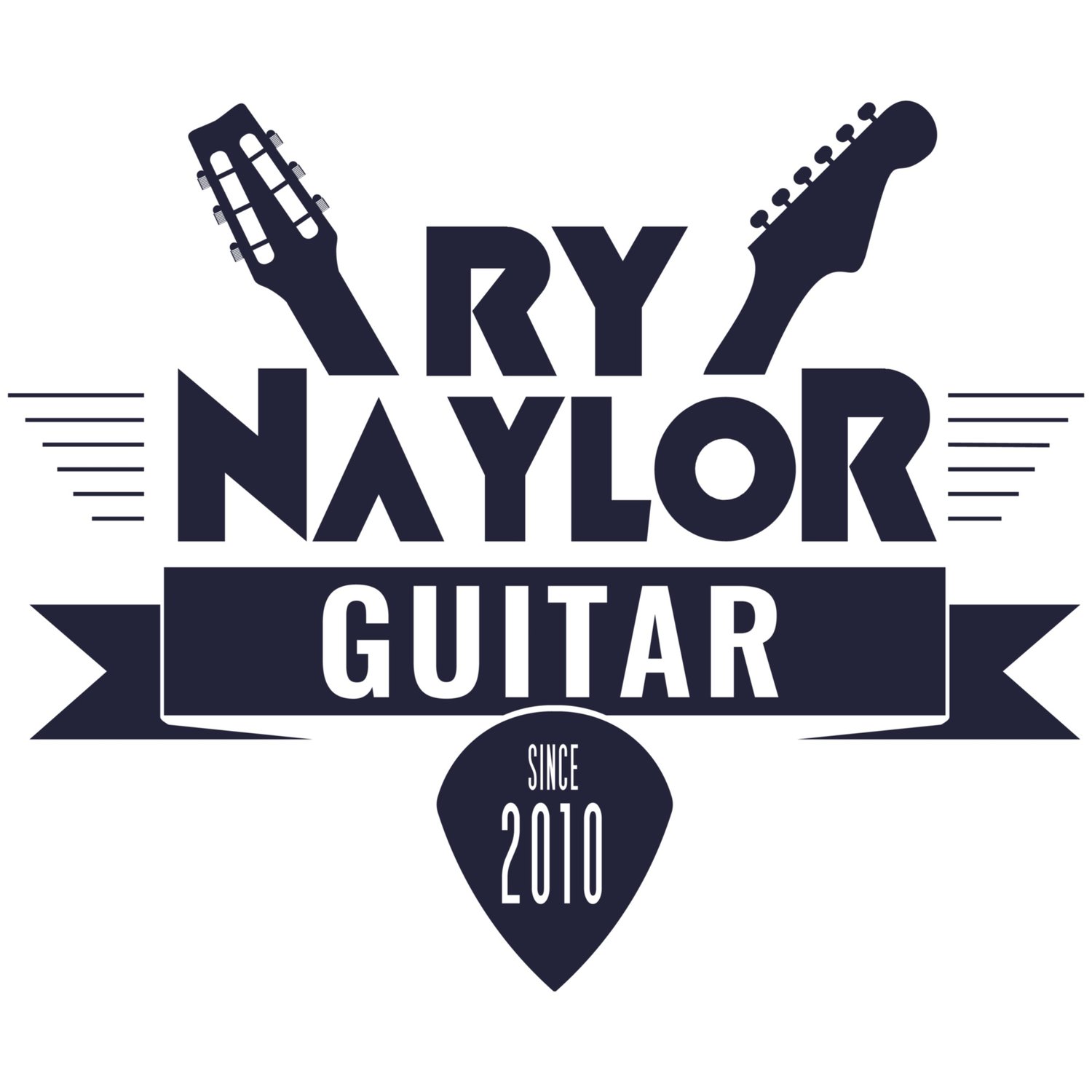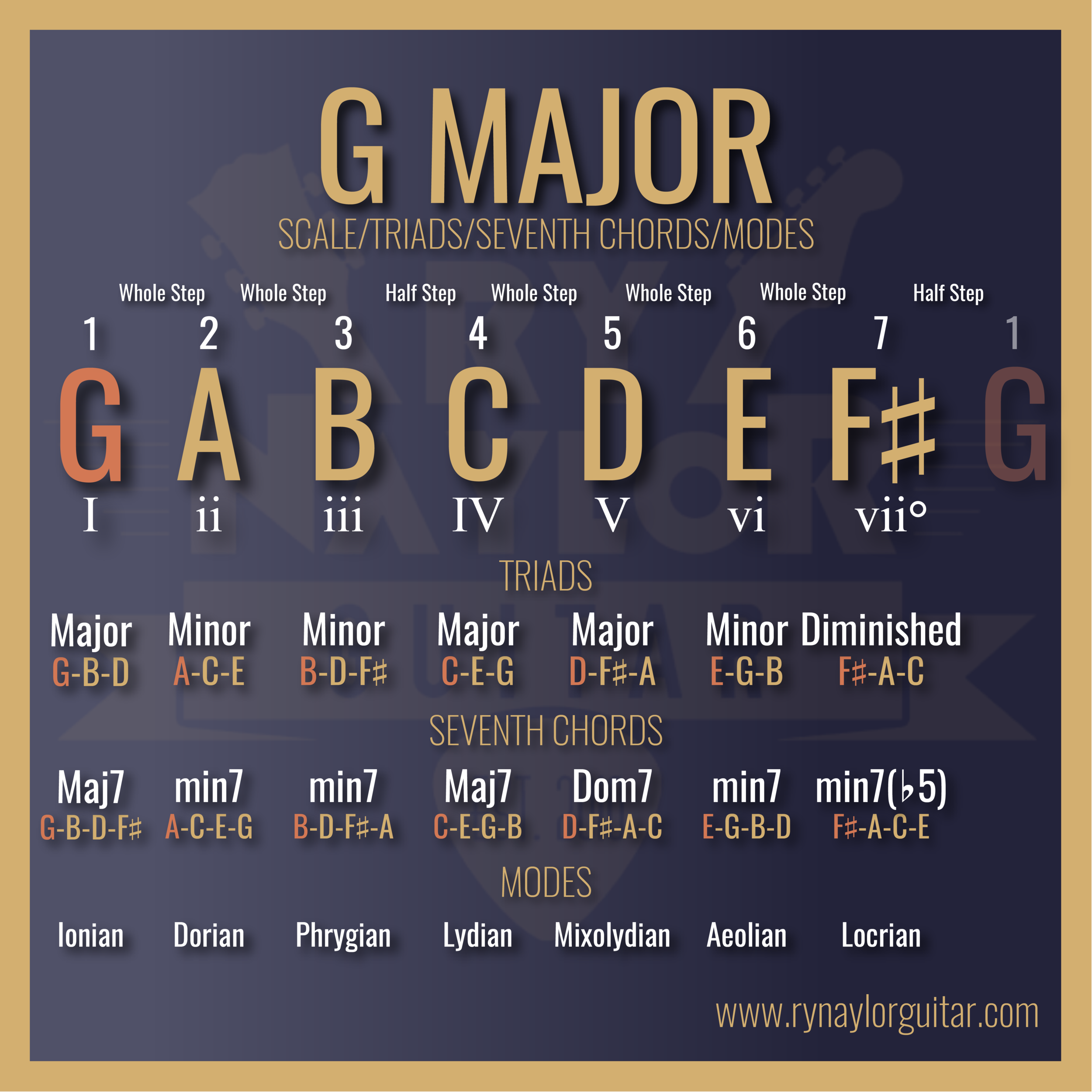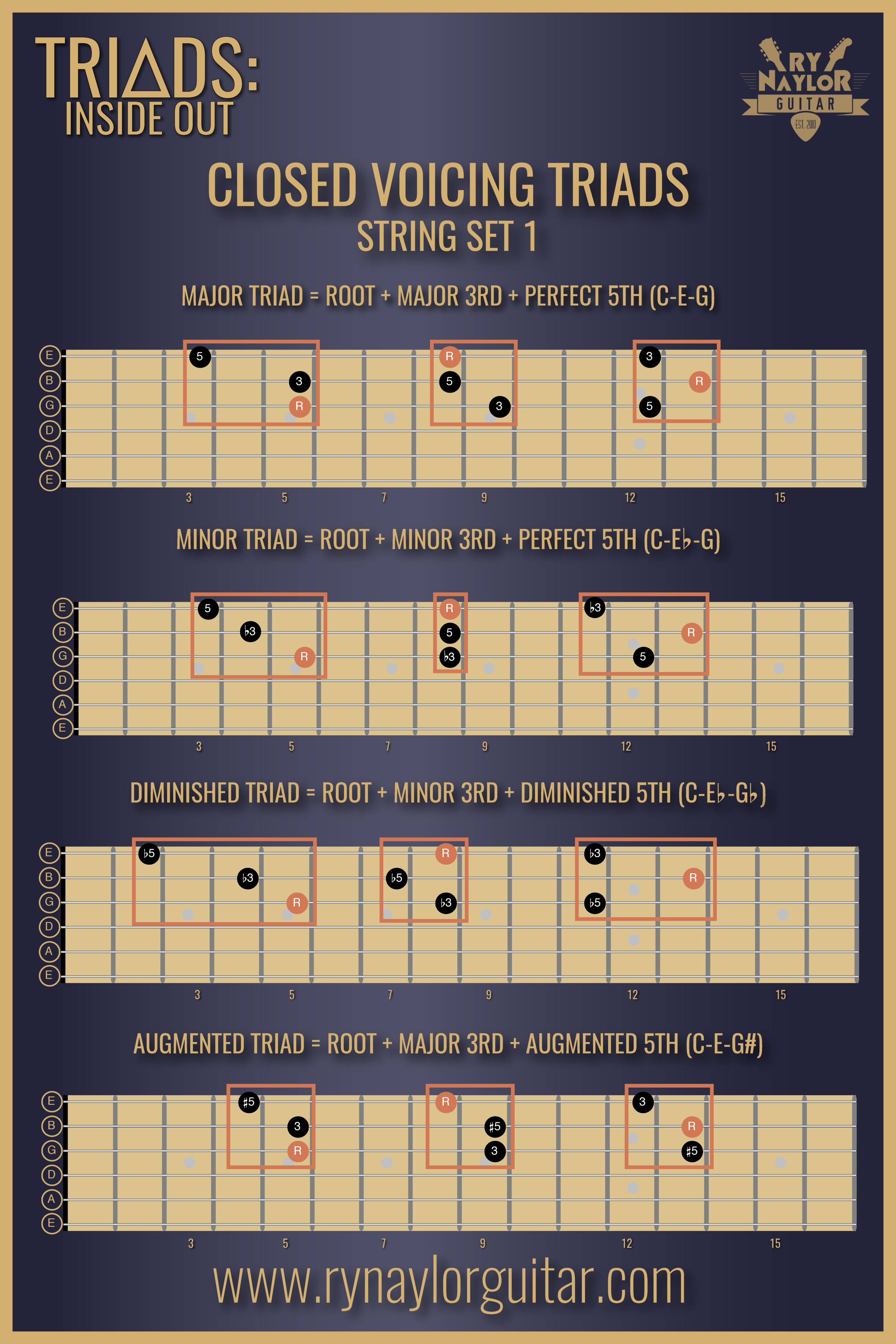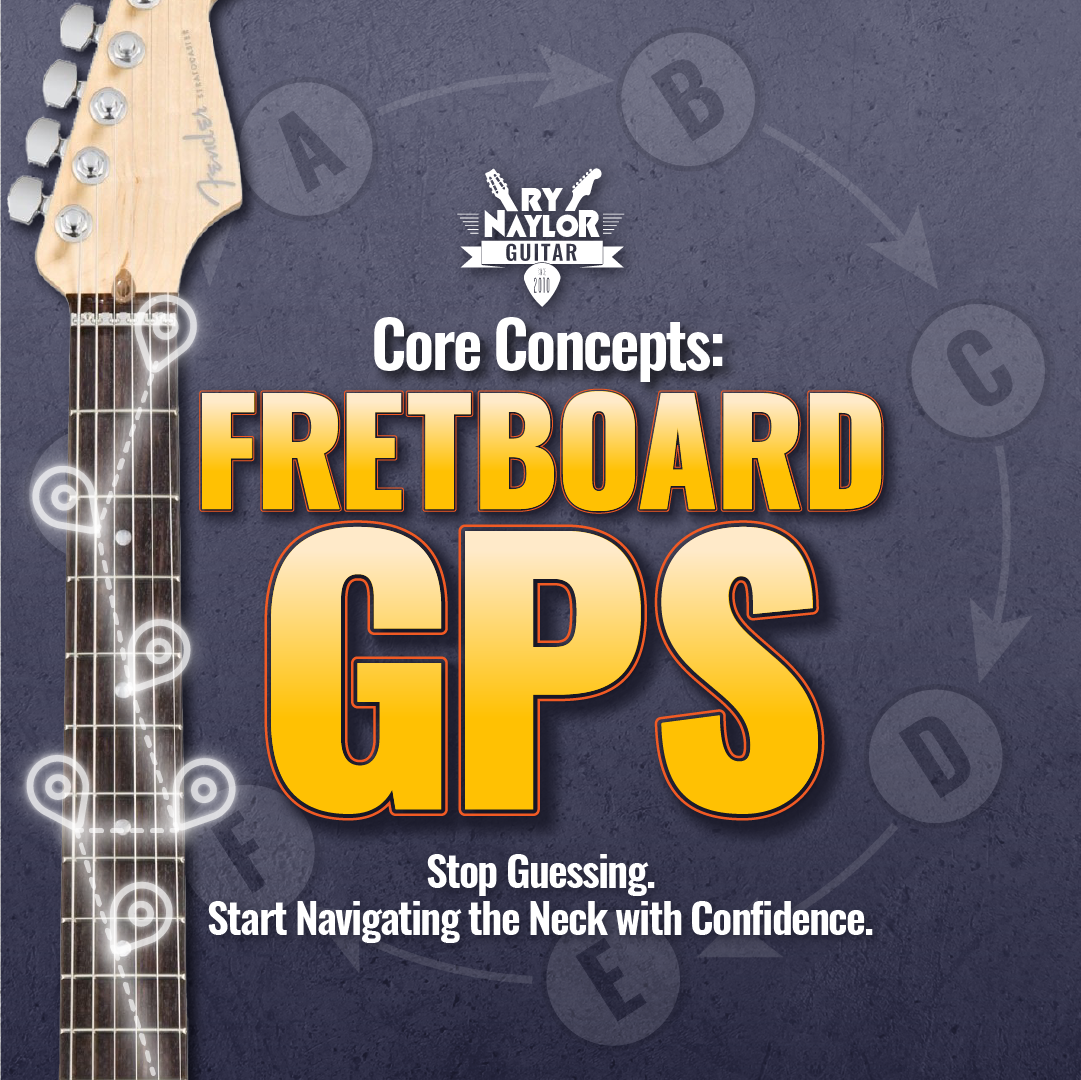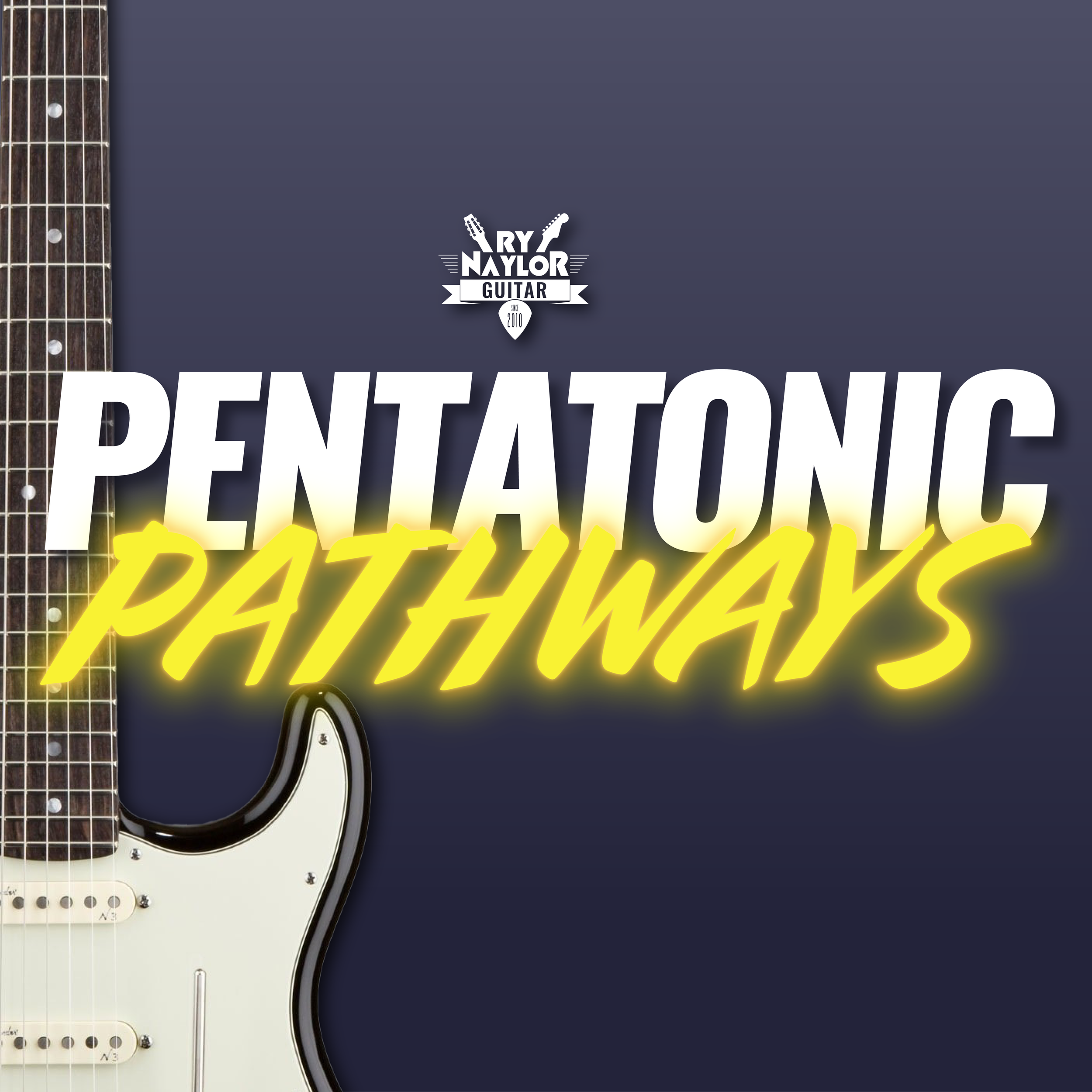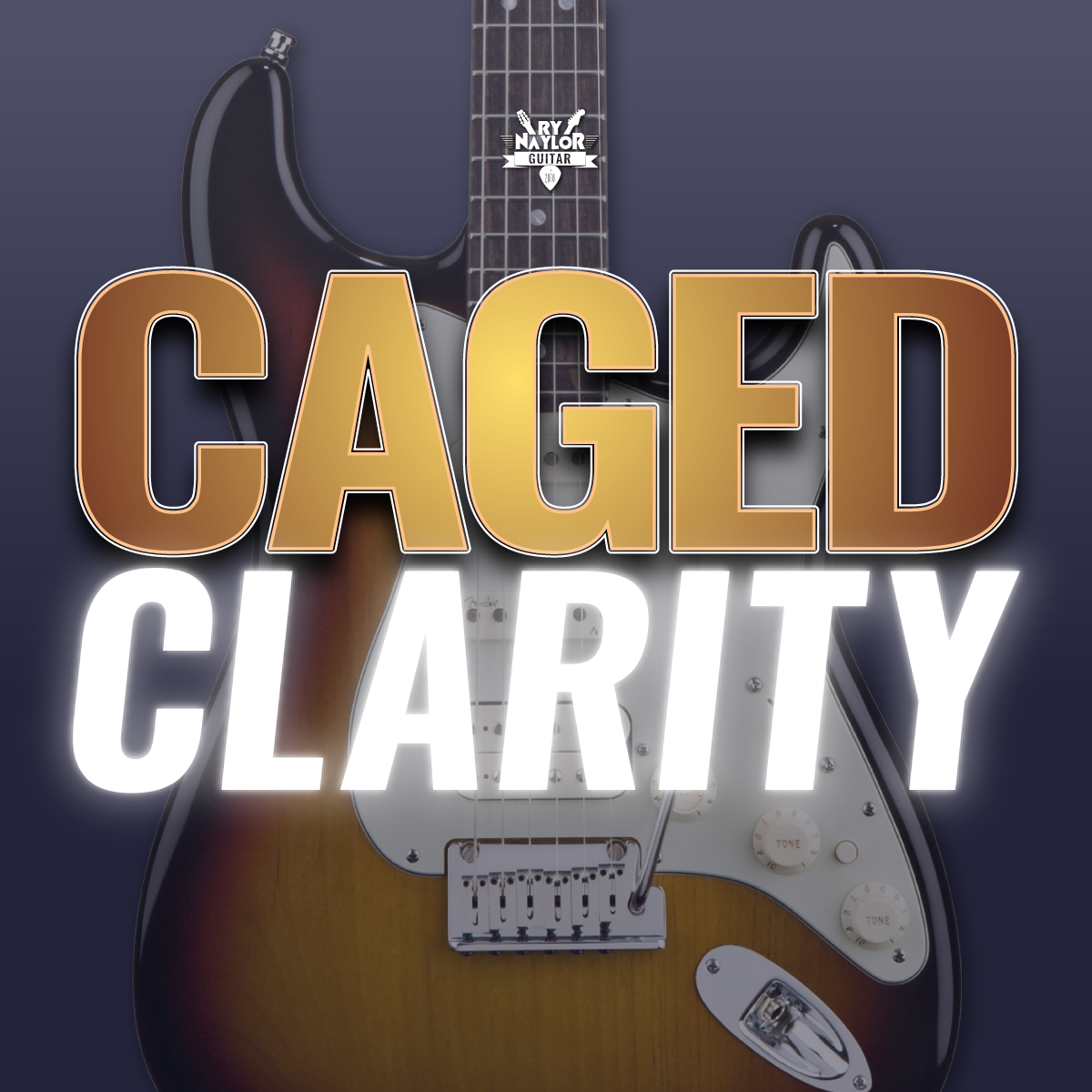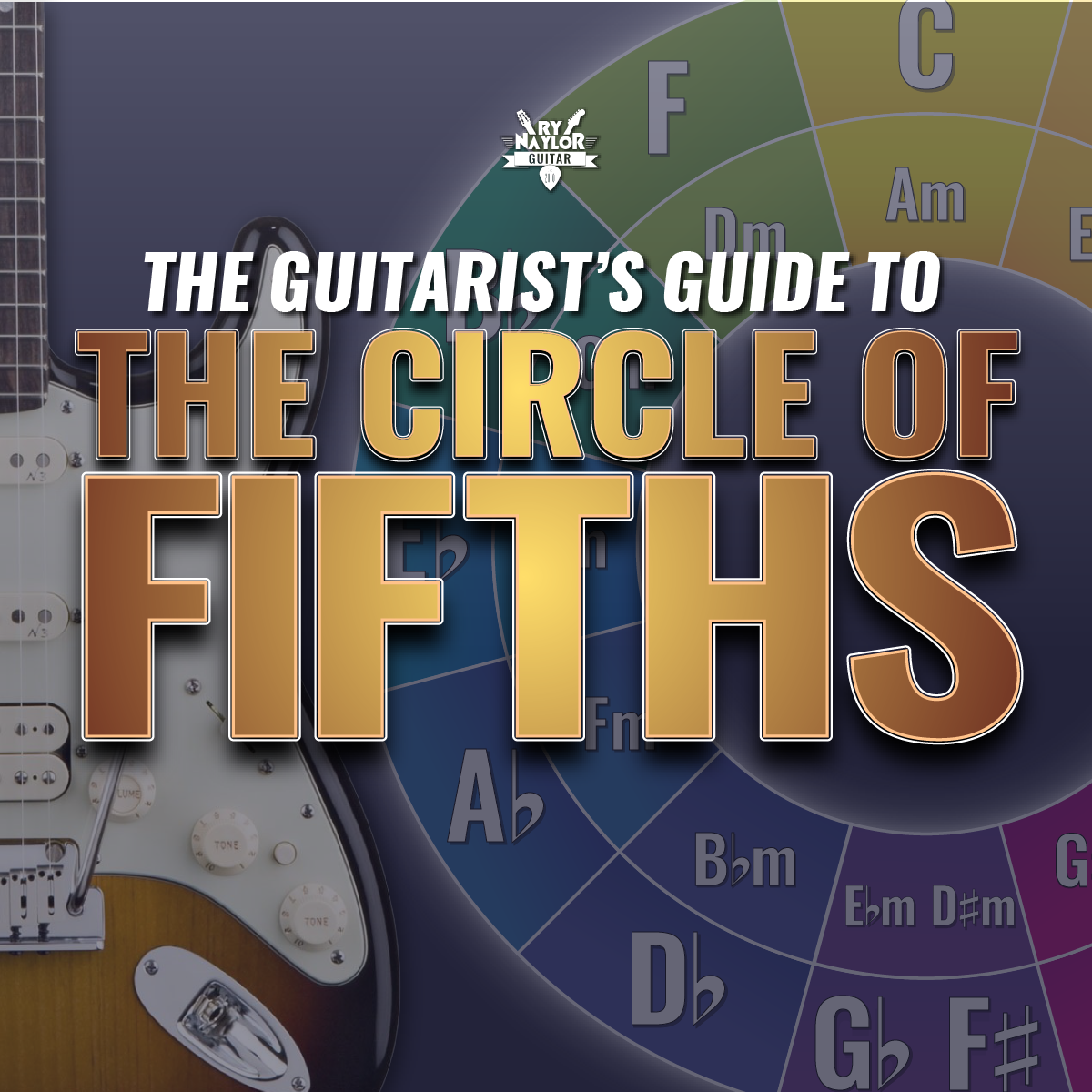Confused by the Guitar Fretboard? This will help!
/In this lesson, I wanted to improve your confidence with moving notes around the fretboard whilst maintaining the same pitch (unison) or moving a note higher or lower in pitch (using octave shapes).
This is a key skill for working out music on the instrument by ear, but it will also allow you to explore different ways to play your own riffs or melodic ideas.
The octave shapes also form (what I like to call) the 'backbone' of the CAGED system and they are 'Layer 1' in my own Guitar Blueprint course.
As I mention in the video, these ideas for part of my Fretboard Mastery eBook. You can get your free copy from my online store.
How to play 'God Only Knows' by The Beach Boys on Guitar
/Here’s my arrangement of how to play The Beach Boys’ classic ‘God Only Knows’ on guitar. This is taken from their 1966 album ‘Pet Sounds’, widely considered one of the most influential albums in music history.
This is such a harmonically rich song. I just couldn’t resist working it out.
I’ve tried to get this as close as possible to the sound of the original recording, with the syncopated bass line in the thumb and the piano chords in the fretting hand fingers.
Guitar Pro and PDF tabs are available to members of my Patreon group. You can find out more about that by clicking here.
The Circle of Fifths for Dummies | Guitar Music Theory
/In this video, I’m sharing some content from my guitar music theory course ‘Guitar Rut Busters: Essential Theory’. I’ll explain exactly what the circle of fifths is and how we can use it. Think of this as the circle of fifths for dummies.
Read MoreThis BLAZING Pentatonic Lick will Blow Them Away
/In this week’s video lesson I’m going to teach you a blazing lick using pentatonic quads. Pentatonic quads are 4-note groupings that are found in the minor pentatonic box patterns. There are five shapes to memorise (one for each note of the scale that you can start on).
Read MoreCreating Awesome Guitar Chords
/It's hard to come up with chords that sound fresh and inspire our creativity but here's one guaranteed way to create chords that will sound awesome together.
Read MoreHow to learn chord progressions by ear | Guitar Ear Training
/In this week's guitar lesson we're looking at some ear training and how to learn chord progressions by ear. I show you my process to effectively hear chord progressions to allow you to learn music by ear without the need for sheet music.
Read MoreHow to play Seventh Chords on Guitar
/How do you play seventh chords on guitar? In this week's guitar music theory lesson we are learning exactly what seventh chords are and how they can be related to one another on the guitar fretboard to help you memorise them more effectively.
Read MoreThe BEST way to learn Pentatonic Scales | How to Connect Pentatonic Patterns
/What is the best way to learn pentatonic scales on the guitar? And how can we connect pentatonic scale patterns across the fretboard? Simples…learn them up and down a single string!
Read MoreHow to Write a Riff on Guitar | Metal Guitar Lesson
/This week, I’ll take you through my process for creating a rocking riff.
Read MoreHow to Tap | Beginner Guitar Tapping Exercises | Rock Guitar Lesson
/The key to master guitar tapping is developing the hammer and pull off techniques is both the picking hand and the fretting hand. I've provided exercises that will help to develop the strength in both hands for accurate, clean tapping technique.
Read MoreHaving some fun with the Mixolydian Mode
/The latest scale chart on my Instagram feed was the D mixolydian mode (see below).
I’m often asked what chords work well together to really get the sound of the mode, so I wrote and recorded a little example for Instagram:
Keeping the tonic in the bass of a chord progression really helps to establish the sound of the mode so I wrote a basic progression of D-Am-G-D but played them as triads over the open D string. This then creates a series of slash chords. They were embellished a little with some sus chords and a little bonus C/D in the Am measure.
The improvised solo was trying to hit the chord tones, especially the C note over the Am chord to further establish us clearly in D mixolydian, the C note (the b7) being the characteristic colour tone of the mixolydian mode.
Chord of the Day - Eadd9 (and Aadd9)
/I was playing through some progressions in preparation for the next module of TRIADS: Inside Out, and this chord just came out. Had to share!
There’s also the bonus Add9 that can be played by dropping the shape down one string set and adjusting for string 2(B).
You can download all the chord shapes that I show in the breakdown here.
Defining the Key of G Major (and an introduction to modes)
/Below is a summary of the key of G major. A key is defined when we create chords from a scale by stacking thirds on top of one another. A third spans three alphabet letters (e.g. G to B, or B to D).
The G major scale is diatonic, in that each of the seven letters of the musical alphabet appear in order, and the scale formula (the distances from one note to the next) will contain five whole steps (two frets) and two half steps (one fret). The F# in the scale is to ensure there is a whole step between the 6th and 7th scale degrees (the numbers written above the notes) and a half step from the 7th back to the tonic, G. The sound of the major scale is created by the whole-whole-half-whole-whole-whole-half sequence.
We commonly use Roman numerals to define the triad chord qualities in a key. Upper case numerals representing major triads, lower case for minor triads and the degree symbol (°) is added to the lower case numeral to denote a diminished triad (found on the 7th scale degree of the major scale).
Triads contain three notes, and we add an additional third above the fifth of the triad for a seventh chord. Note how not all the major triads are major 7th chords. The seventh chord created from the fifth scale degree (which can be named the ‘dominant’) will be a dominant 7th (R-3-5-b7).
The modes at the bottom are also all diatonic scales in that they will contain the same notes as the G major scale, but the tonic is a note other than G. For example, the C lydian scale would be the notes:
C LYDIAN
C-D-E-F#-G-A-B-(C)
The mode contains the same notes as the G major scale (which is often termed the ‘parent major scale’ of the mode) and so it will also contain the same chords, but the order will be different:
TRIADS OF THE LYDIAN MODE
I-II-iii-iv°-V-vi-vii
My theory course ‘Guitar Rut Busters: Essential Theory’ goes through major scale theory in detail and shows you how the chords (triads) in a key are defined. Seventh chords and modes will be coming in the next instalment!
Amazing work (as always) from Mateus Asato
/Mateus Asato always floors me with his ability on the instrument. Everything that comes out of his fingers is gold, so musical and full of emotion. He always reminds me that there is still a lot to learn and that I really do need to practise some more!
A recent post entitled ‘the breakup song’ had me reaching for Transcribe! to work it out and I shared the opening/closing progression with followers on Instagram.
Thanks Mateus for the inspiration.
TRIADS: Inside Out - Module 2 Sneak Peek - Using the major scale as a blueprint for Triads in a Major Key
/In module 2 of ‘TRIADS: Inside Out’ we are taking the triad inversions that were learnt in the first module and applying them to the chords in a key to be able to play through any diatonic major chord progression.
Chords scales (playing up through the diatonic chords in the scale) is a super useful exercise to learn chord shapes and how they relate to one another. You can do this with triads, barre chords, seventh chords etc. We are, of course, focusing upon triads at the moment. Rather than climbing up the neck horizontally with the chord scale (which is the most common approach, keeping the triads in the same inversion) we are playing through the chord scale within one particular area of the fretboard. I like to call these ‘segments’, so here is an example playing through the first segment in the key of G major, keeping it all between the 2nd and 5th fret of the guitar.
Module 2 goes through these chord scales in all the different segments of the fretboard and demonstrates how you can use that to quickly add a guitar part to a chord progression. You can find out more about the course and sign up by hitting the button below:
Part 1 of TRIADS: Inside Out - Learning your Closed Voicing Triad Inversions
/The first thing you need to learn about triads is the intervals that make up the four different types (major, minor, diminished and augmented) and how to play their different ‘inversions’ up the neck.
The graphic below summarises the content of the first module of my latest video course release ‘TRIADS: Inside Out’. You can sign up and join us inside right now if you want to find out more (which you really should. Triads are SO useful).
Closed voicings find the three notes of the triads as close as they possibly can be within one octave. With the triad containing three notes (a Root, third and fifth), there are three different combinations of these three intervals, known as the inversions.
We have (in order of pitch)
Root - Third - Fifth (a root position triad)
Third - Fifth - Root (a first inversion triad)
Fifth - Root - Third (a second inversion triad)
The examples shown are the four different triad shapes rooted in C on (what I call) string set 1 (the high E, B and G strings).
There are a couple of great exercises within the course to help you memorise the shapes so definitely check it out and I hope to see you inside!
New Slice: A great exercise from TRIADS: Inside Out to help master your Major Triad Inversions
/Here is a sneak peek of an exercise from the first module of my latest video course release, ‘TRIADS: Inside Out’.
After taking you through the theory of the major triad and the different ways it can be played, this exercise will help you to memorise all the major triad inversions from all 12 possible root notes on (what I like to call) string set 1 (the high E, B and G strings).
As a little bonus, I uploaded this exercise to my Soundslice profile, so you can try and learn the exercise along to the interactive tab that syncs to the video. Very cool! I hope to be using Soundslice a lot more in the near future.
You can also download the tab for the exercise by clicking the links below:
Tab .gpx (Guitar Pro 6 and earlier)
I will be releasing a new module in the course every Friday until the curriculum is complete. I hope you’ll consider joining us inside.
Practise well
Chord of the Day - How to play a Dmaj7
/I had requests on Instagram to add audio/video of me playing my ‘Chord of the Day’ so I thought it best to create a video when I post a new chord with some additional insight, and add it here on my blog.
Today’s chord is the open position D major seventh (Dmaj7). Adding the major seventh to a major triad instantly gives it that dreamy, jazzy quality and this is no exception.
It’s a great little workout for your barre finger 1 if you’re just getting started out with barre chords too.
When harmonising the major scale, the maj7 chord is found upon the 1st and 4th scale degrees, so you can safely replace a I or IV chord with a Imaj7 or IVmaj7 (as long as it sounds good!). In a minor key, it would be a b IIImaj7 and b VImaj7.
This Dmaj7 could then be used in the key of D major (or its relative minor, B minor) or A major (F# minor). Always use your ears though when trying different chords in a progression.
What’s particularly of interest is that any maj7 chord can be thought of as a Root note plus a minor triad formed upon the major 3rd (3) of the maj7 chord. In this example, the 3 is the note F#. Therefore, you can play a Dmaj7 chord by playing an F# minor triad over a D bass note (thinking in slash chords - F#m/D).
With that knowledge you can quickly play three different voicings of the Dmaj7 by playing up the three inversions of the F#m triad on string set 1 (EBG).
My newest course ‘TRIADS: Inside Out’ is now open for enrolment and will going into much more detail of triad substitution for seventh chords. The first module will teach you all the triad inversions on string set 1. You can get more details here or in the sidebar.
If this is a little over your head right now then definitely check out my other course 'Guitar Rut Busters: Essential Theory’.
Practise well.
P.S. Can you think of any other ways we can use triads to create seventh chords?
How to play 'Man Like You' as performed by Tom Misch
/One of my followers over on Instagram recommended the music of Tom Misch. I duly had a listen to his 2018 release “Geography”, and then fell deep into a neo soul guitar hole!
Not one of the neo soul cuts on the album, I particularly liked his version of Patrick Watson’s ‘Man Like You’. I liked it so much, I felt compelled to bring a lesson on it to my YouTube channel.
Both the original and Misch’s version use tenths (essentially thirds raised an octave). A beautiful sound that really grabbed me.
You can find the song lesson and a live performance by Tom Misch below. My TABs are also available on my Patreon page.
